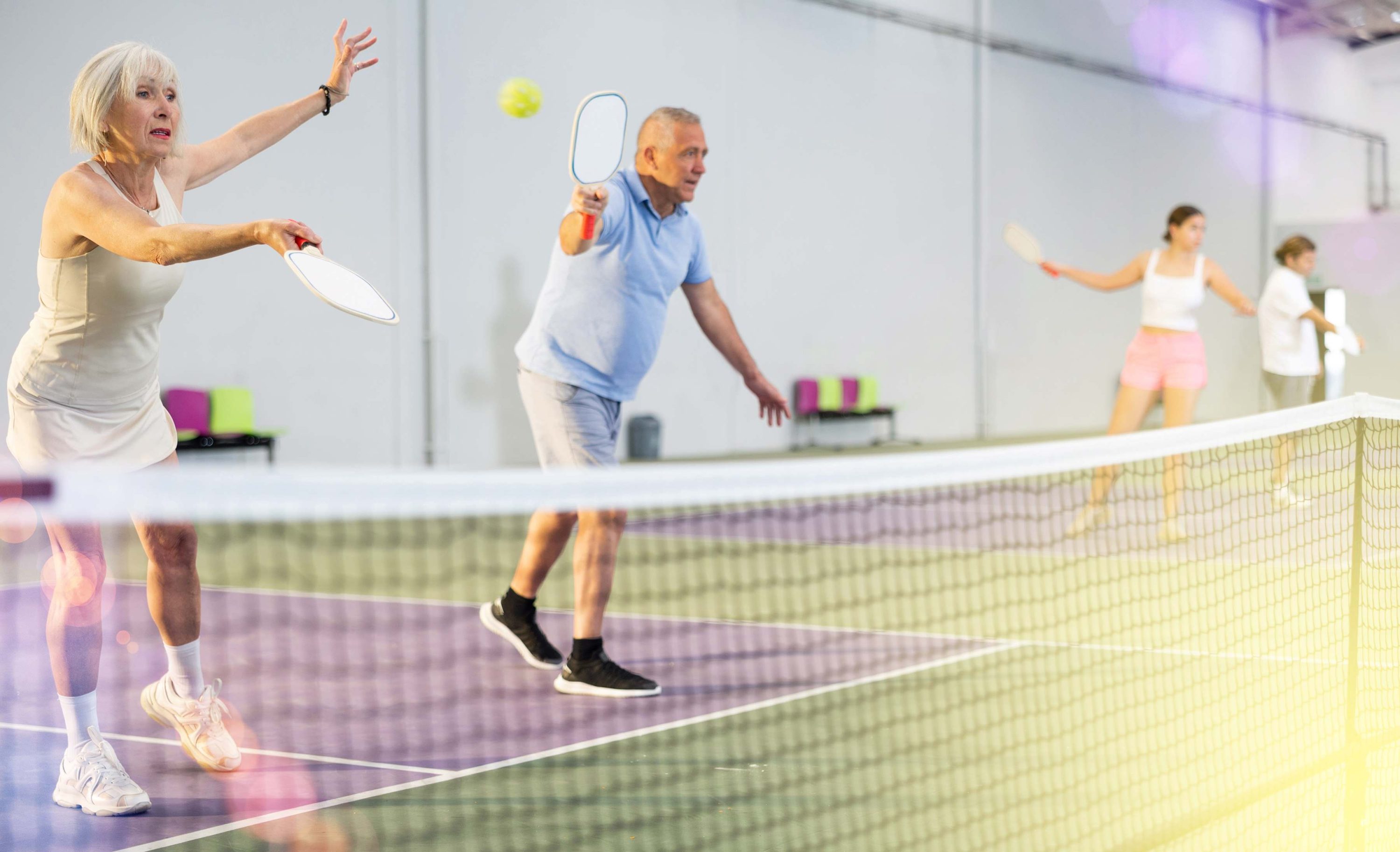Along with prioritizing a healthy diet, regular physical activity is one of the most important things you can do to promote healthy aging, according to the Centers for Disease Control and Prevention. Daily exercise can prevent and even delay many health problems that are linked to aging such as an increased risk of falling. According to the CDC, adults over the age of 65 need at least 150 minutes per week of moderate intensity exercise such as brisk walking and at least two days of activities that strengthen muscles. These small changes to our lifestyle can positively impact our physical health along with our mental and emotional wellbeing.
Benefits of Exercise for Older Adults
According to the National Council on Aging, physical activity is the key to longevity. Not only can physical exercise boost our mood and prevent illness, it can help build greater self-confidence in our later years. Here are a few of the key benefits exercise can have for older adults:
- Prevents bone loss. According to the National Council on Aging, both men and women lose bone density as they age which can result in fractures and loss of balance. Strength training has proven to help prevent bone loss and actually restore one’s bone density. Daily exercise can reduce the risk of falls and injuries and help older adults live independently for longer.
- Boosts immune function. AgingCare reports that regular daily exercise can help us prevent illness and fight off infections quickly and more easily. Those who exercise are more likely to use less of their energy reserves when recovering from an illness—simply put, you might still get sick but feel less sick when it happens.
- Relieves osteoarthritis pain. Many older adults suffer from arthritis and the pain and stiffness that comes with it. However, those with arthritis may find it difficult to exercise without discomfort. Low-impact cardiovascular exercise, strength training and range-of-motion exercises are best for those with arthritis. Physical activity can help ease joint inflammation and aid in joint lubrication, both of which can reduce pain and stiffness.
- Protection from chronic conditions. Physical activity can help reduce symptoms of chronic conditions as well as help prevent them from developing initially. Exercise can help those with chronic conditions, such as dementia and Parkinson’s disease, help maintain their balance, coordination and improve functional independence.
- Boosts immunity. Physical exercise increases the production of our body’s natural “feel good” hormones called endorphins. In addition, exercise can help ease anxiety, depression, increase relaxation and promote our overall well-being.
- Improved cardiovascular function. This month is American Heart month, which acknowledges the importance of the ongoing fight against cardiovascular disease. Frequent physical exercise is closely linked with reducing the risk of heart disease and high blood pressure. A strong heart allows the body to function more efficiently, keeping us healthy and reducing our risk of illness.
Best Exercises for Older Adults
Exercise is an important aspect of a healthy lifestyle for people of all ages. While staying active might become more difficult as we age, it’s certainly not impossible. According to Forbes Magazine, here are a few of the most popular sports among older adults.
- Pickleball. Let’s get moving! Pickleball is the fastest growing sport in the U.S. and is especially popular among older adults. This sport is a hybrid between tennis and ping-pong and is fun, fast-paced and very social. A recent study found that playing pickleball is actually associated with lower levels of depression and supports better hand-eye coordination, increased agility and helps strengthen muscles and muscle function. We can expect to see a lot more of pickleball as retirement communities are implementing the love of the sport into their own campuses.
- Golf. Golf is a great opportunity for older adults to reap the benefits of socialization while also getting their daily dose of physical activity. One study suggests that golf is closely associated with improved physical and mental well-being, both of which can contribute to longevity and overall happiness. Golf can also improve one’s balance and strengthen muscles in the core, arms and legs.
- Swimming. Swimming is particularly great for cardiovascular health and can be a good option for those with arthritis or people who prefer low impact sports. Swimming provides a wide variety of benefits for older adults such as improved heart health, reduced risk of osteoporosis, increased flexibility and improved muscle strength and mental health.
- Exercise classes. Not only is exercise an essential element of maintaining your physical health, but it also plays an important role in your mental health as well. Participating in a group exercise class is a great way to meet new people and socialize with others. Older adults are at an increased risk of loneliness and isolation, but participating in group exercises can help lower this risk and keep you feeling physically and mentally well. In fact, a study conducted by the University of Washington found that older adults who participated in group exercise classes at least once a week experienced fewer hospitalizations and lower health care costs than those who did not. The options for exercise classes are endless—check out your local fitness center to see what they offer. Many popular classes include yoga, tai chi or water aerobics.
Prioritizing Health at Maplewood Senior Living
At Maplewood Senior Living, we’re always looking for ways to prioritize the health and wellbeing of our residents by creating easy exercises for seniors. Our state-of-the-art exercise equipment, certified personal trainers, and excellent group exercise classes allow residents to explore new activities that can help build strength and improve balance. To learn more about these offerings or to schedule a tour, please contact us.
